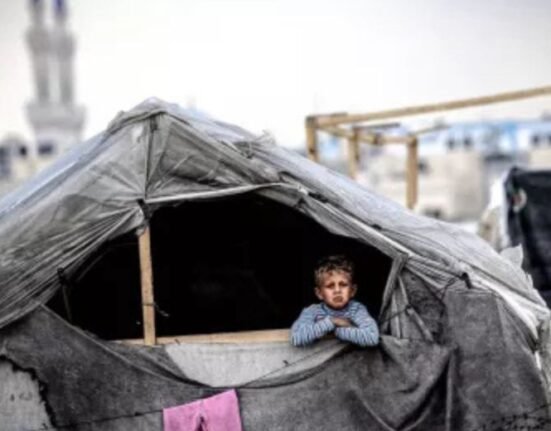HQ Team
May 16, 2025: The world is losing its battle against hunger. The latest Global Report on Food Crises reveals a sixth consecutive year of rising food insecurity, with 295 million people across 53 countries now facing emergency hunger levels—enough to fill every seat in 3,700 football stadiums.
Behind these staggering numbers is an entire generation whose growth has been stunted before they reach school age.
A Perfect Storm of Catastrophes
Three forces—conflict, climate disasters, and economic collapse—have converged to create the worst hunger crisis in modern history. Conflict and the ensuing displacement have affected around 140 million people in 20 countries and territories.
In Sudan, famine has officially been declared as warring factions weaponize food supplies. Gaza’s children now suffer the fastest deterioration into malnutrition ever recorded, with 9 out of 10 kids facing severe food deprivation. Meanwhile, in Haiti, gangs control 80% of the capital while 1.6 million people endure emergency hunger.
The climate crisis acts as a relentless multiplier. Last year’s El Niño event triggered simultaneous crop failures across three continents: Droughts decimated maize in Southern Africa, floods drowned rice paddies in South Asia, and locust swarms devoured fields in the Horn of Africa. In Zimbabwe, where 2.7 million people face hunger, farmers report harvests 60% below normal—a disaster compounded by the highest inflation rate in the world at 1,000%.
Economic shocks including inflation and currency devaluation, drove hunger in 15 countries affecting 59.4 million people, nearly double pre-COVID 19 levels. Some of the largest and most protracted food crises were primarily driven by economic shocks, including in Afghanistan, South Sudan, Syrian Arab Republic, and Yemen.
Collapse of the global safety net
Global food aid funding has dropped 40% since 2021, forcing the World Food Programme to cut rations for 10 million people last year, according to the report. In refugee camps from Bangladesh to Chad, daily calorie provisions now average just 1,300 per person—barely half the recommended intake.
“This Global Report on Food Crises is another unflinching indictment of a world dangerously off course,” said United Nations Secretary-General António Guterres. “Long-standing crises are now being compounded by another, more recent one: the dramatic reduction in lifesaving humanitarian funding to respond to these needs. This is more than a failure of systems – it is a failure of humanity. Hunger in the 21st century is indefensible. We cannot respond to empty stomachs with empty hands and turned backs.”
A generation in jeopardy
The most harrowing consequences appear in pediatric wards across crisis zones. In Yemen, doctors report twice as many severely malnourished children compared to 2023. At Mogadishu’s Banadir Hospital, tiny patients share beds three at a time, their arms so thin that nurses struggle to find veins for IV drips.
New research shows these children will likely suffer permanent cognitive damage, reducing their future earning potential by 15-20%. The economic toll is staggering: The World Bank estimates that malnutrition costs the global economy $3.5 trillion annually in lost productivity and healthcare costs.
A path forward?
While immediate aid remains critical, experts emphasize that only systemic change can break this cycle. Successful pilot programs in Niger and Bangladesh demonstrate that early cash transfers before lean seasons can prevent 80% of acute malnutrition cases. Agroecological farming methods have boosted yields up to 79% in drought-prone regions of Kenya.
“The report makes clear that humanitarian responses must go hand-in hand with investments in rural development and resilience building to create long-term stability that lasts beyond emergency interventions. Rural communities – especially smallholder farmers – are central to food security, resilience, and growth. This is even more true in fragile settings,” said Alvaro Lario, president, IFAD.
The report warns that the number facing catastrophic hunger could double again by the end of this year unless funding and policies change immediately. The clock is ticking—and for millions, it’s already midnight.








